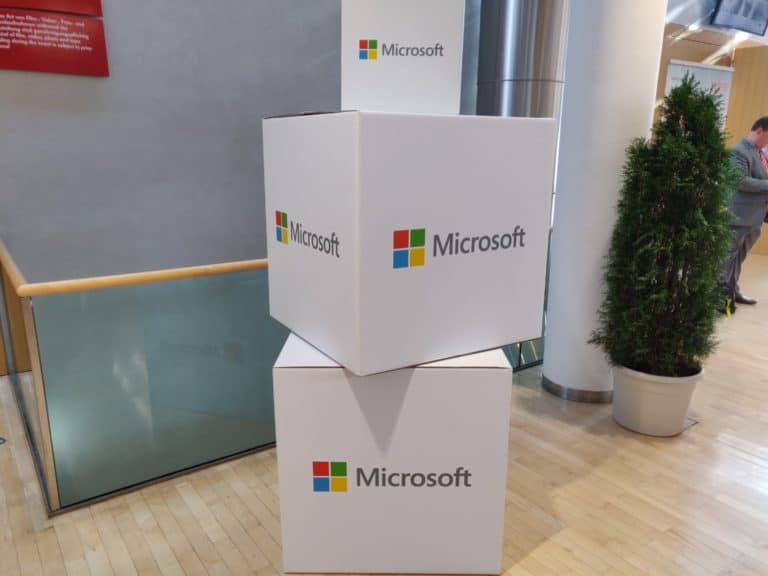Microsoft has launched a new challenge for data scientists on the crowdsourcing site Kaggle. Participants can win $25,000 by creating an algorithm that can predict which types of Windows computers are most likely to be infected with malware in the short term, reports ZDNet.
The competition is held by the Windows Defender Advanced Threat Protection (ATP) Research team, with the help of academic partners Northeastern University and Georgia Institute of Technology.
The model to be created must be much more advanced than simply predicting the probability of an infection for a Windows XP machine or a Windows 10 machine. The purpose of the competition is to predict the probability of a Windows machine being infected by various malware families, based on the different aspects of that machine.
“Not all machines have an equal chance of getting malware; participants help build models to prevent devices that have a higher risk of malware, so that common actions can be taken,” said Chase Thomas and Robert McCann, members of the Windows Defender Research team.
Real data
Researchers get 9.4GB of real-world, anonymous data from 16.8 million devices to create the models. The models are then judged on their ability to make correct predictions. The data comes from instances from Windows Defender, Microsoft’s antivirus product.
Malware detection is “becoming increasingly complicated with the introduction of new machines, machines that go online and offline, machines that receive patches, and machines that receive new operating systems”. The data also includes details about the location of the machine, the installed and running antivirus software, the default browser, the CPU, the operating system’s construction number and more.
The game started last Thursday and has already attracted 80 teams. The teams have three months to create and submit the model.
This news article was automatically translated from Dutch to give Techzine.eu a head start. All news articles after September 1, 2019 are written in native English and NOT translated. All our background stories are written in native English as well. For more information read our launch article.